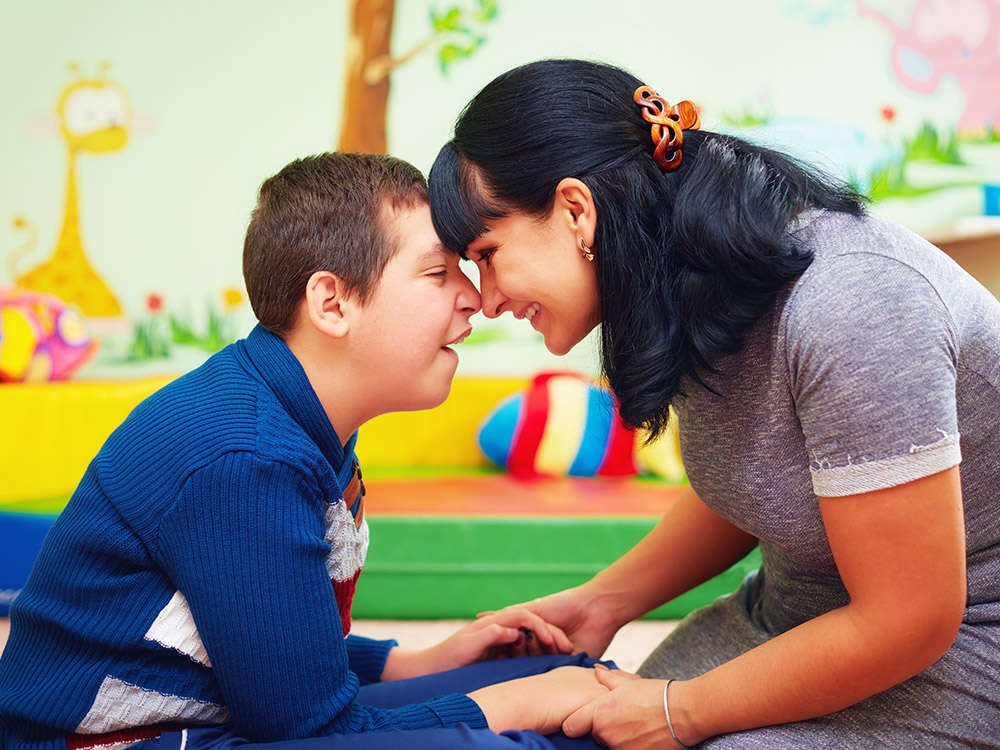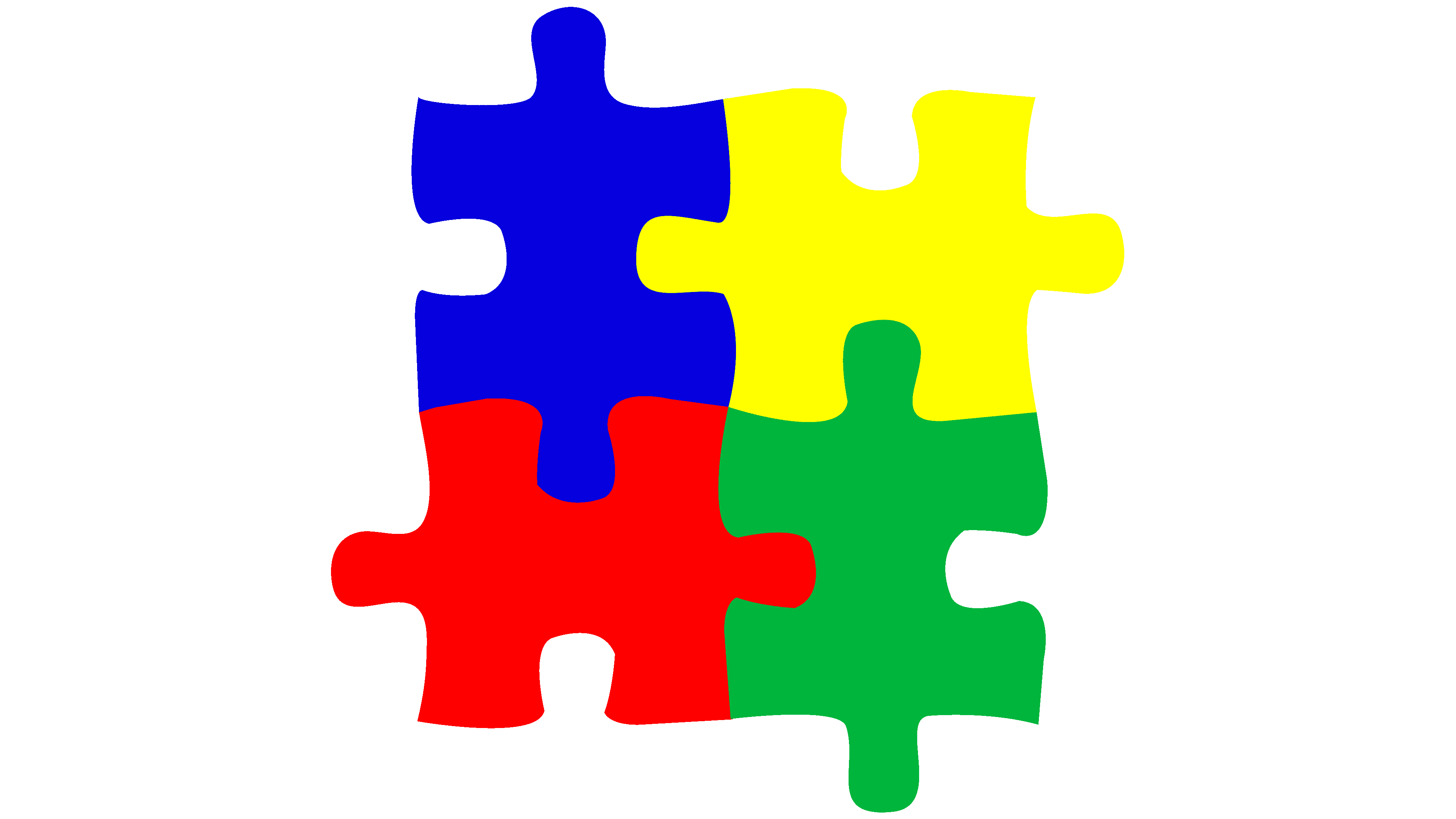The Duty of Education And Learning in Sustaining Students with Autism: Best Practices
The Duty of Education And Learning in Sustaining Students with Autism: Best Practices
Blog Article
Exploring Autism: Strategies for Reliable Interaction and Interaction
Efficient interaction and interaction with individuals on the autism spectrum necessitate a comprehensive understanding of their special requirements and choices. Strategies such as utilizing clear language, making use of aesthetic supports, and cultivating regular regimens can significantly enhance involvement and lower stress and anxiety. Moreover, acknowledging the relevance of non-verbal hints and shared interests paves the way for meaningful links. Nevertheless, the complexities of these methods disclose more factors to consider that merit expedition, specifically in exactly how they can be adapted to specific experiences and varied contexts. What might these adjustments appear like in practice?
Comprehending Autism Range Disorder
Autism Range Problem (ASD) encompasses a range of neurodevelopmental problems characterized by obstacles in social interaction, communication, and recurring behaviors. The term "spectrum" mirrors the varied symptoms and differing levels of seriousness experienced by people with ASD. While some might show significant disabilities, others might display high-functioning qualities, permitting for greater freedom in life.
The start of ASD generally happens in very early childhood years, with signs typically well-known by age 2. Early signs might consist of postponed speech development, minimal eye contact, and difficulties in comprehending social signs. The accurate etiology of ASD stays uncertain, research study suggests a mix of genetic and ecological variables plays an essential function in its advancement.
As a result, treatments and support customized to private requirements are necessary for fostering interaction and social skills. Recognizing the complexity of ASD is important for promoting awareness, approval, and effective strategies that assist in significant interactions with individuals on the range.

Value of Clear Communication
Reliable communication is important for fostering understanding and link, especially for individuals with Autism Range Disorder (ASD) Clear interaction not only assists in social interactions however additionally enhances the person's ability to express their emotions, thoughts, and demands. For individuals with ASD, the subtleties of language can often be challenging; therefore, utilizing simple and distinct language is necessary.
Moreover, clear communication aids minimize irritation and anxiousness that may develop from misconceptions. When messages are conveyed in a direct and consistent way, individuals with ASD are better equipped to analyze info properly, which can considerably improve their social engagement and participation in different settings.
Developing routines and making use of aesthetic assistances can further boost clear interaction. These strategies give people with foreseeable frameworks that help comprehension and retention of information. Furthermore, proactively being and listening individual throughout interactions promotes a helpful setting where people with ASD feel valued and comprehended.
Eventually, focusing on clear interaction not just empowers individuals with ASD however likewise cultivates even more meaningful connections with their peers, caregivers, and the bigger area, leading the way for inclusive interactions and collective partnerships. - autism
Non-Verbal Communication Methods
Communication prolongs beyond words, and for individuals with Autism Range Condition (ASD), non-verbal signs play a significant function in communications. Non-verbal interaction strategies can consist of faces, motions, body movement, and eye call, every one of which work as crucial elements for conveying emotions and objectives.
Comprehending and interpreting these non-verbal signals can enhance interactions with people with ASD. As an example, a cozy smile or open pose can produce a welcoming atmosphere, encouraging involvement. Similarly, using aesthetic help-- such as image cards or icons-- can link communication voids and assist convey messages more properly.
It is also vital to read more be conscious of personal room, as people with ASD might have different convenience levels concerning proximity. Observing their responses to physical closeness can inform ideal modifications.

Creating Encouraging Atmospheres
Producing a supportive setting is critical for cultivating positive communications and improving the well-being of people with Autism Spectrum Problem (ASD) Such atmospheres can considerably decrease anxiousness and produce a sense of security, allowing people to express themselves extra easily.
To achieve this, it is essential to take into consideration sensory sensitivities that people with ASD may experience. Changing the physical space to consist moved here of soft lighting, marginal background sound, and comfortable seats can develop a soothing ambience. Furthermore, utilizing regular regimens and clear aesthetic routines can aid individuals prepare for transitions and minimize unpredictability, further advertising convenience.
Social areas need to be structured to reduce frustrating stimulations while offering possibilities for interaction in recommended activities. Assisting in locations designated for peaceful time can likewise work as a refuge throughout moments of stress. Significantly, including components of choice empowers people, permitting them to exercise agency in their atmosphere.

Motivating Social Communications
Promoting social interactions among people with Autism Spectrum Problem (ASD) requires willful strategies that focus on convenience and engagement. Developing predictable routines can aid decrease anxiousness, making social settings a lot more friendly. Producing structured atmospheres with specified duties and roles permits people to engage without the frustrating pressure of disorganized social characteristics.
Incorporating rate of interests and toughness into social activities can act as a stimulant for interaction. For instance, arranging team activities around shared hobbies or topics of attraction can promote natural conversations and connections. Furthermore, using aesthetic assistances, such as pictorial routines or social manuscripts, can assist in recognizing social cues and expectations.
Modeling suitable social habits is critical - autism. Grownups and peers need to show reliable interaction strategies, consisting of energetic listening and turn-taking. Role-playing circumstances can additionally offer a secure area for people to practice these skills
Lastly, fostering peer relationships through inclusive methods is necessary. Urging comprehensive playdates or group outings can create opportunities for socializing in a comfy setup. By executing these strategies, caretakers and instructors can significantly improve social communications for individuals with ASD, promoting their overall site link social growth and wellness.
Verdict
In final thought, reliable interaction and interaction techniques are necessary for supporting people with Autism Range Disorder. Ultimately, these methods equip people with autism to browse social landscapes, advertising their overall well-being and making it possible for the advancement of long lasting partnerships.
Efficient communication and interaction with individuals on the autism spectrum necessitate a thorough understanding of their distinct demands and choices. Clear interaction not only assists in social interactions yet also improves the person's ability to share their thoughts, demands, and emotions.Cultivating social communications among people with Autism Spectrum Condition (ASD) calls for deliberate approaches that prioritize comfort and interaction. By implementing these strategies, caregivers and instructors can dramatically boost social interactions for people with ASD, advertising their general social advancement and health.
In final thought, efficient communication and communication approaches are necessary for supporting individuals with Autism Spectrum Condition.
Report this page